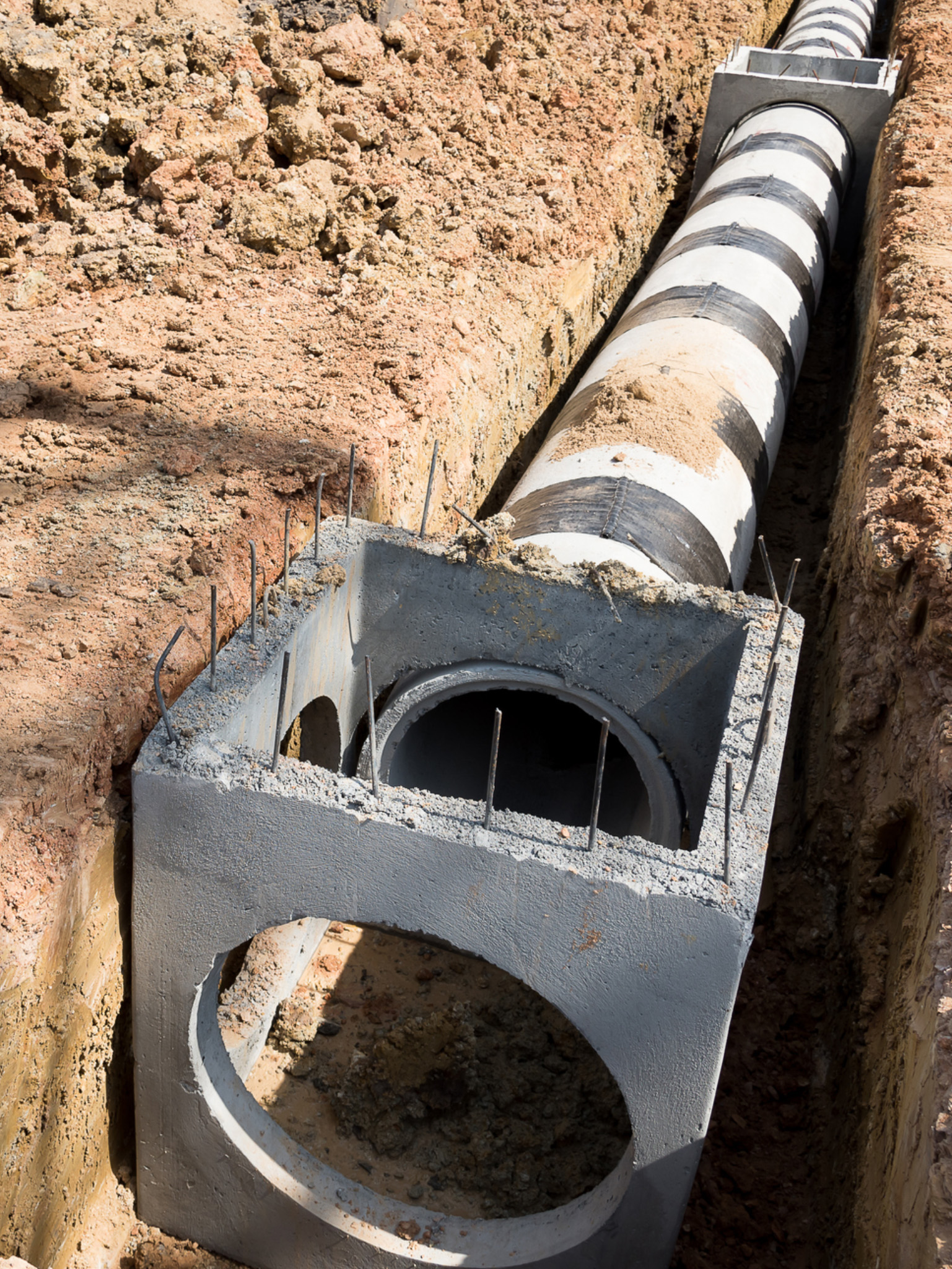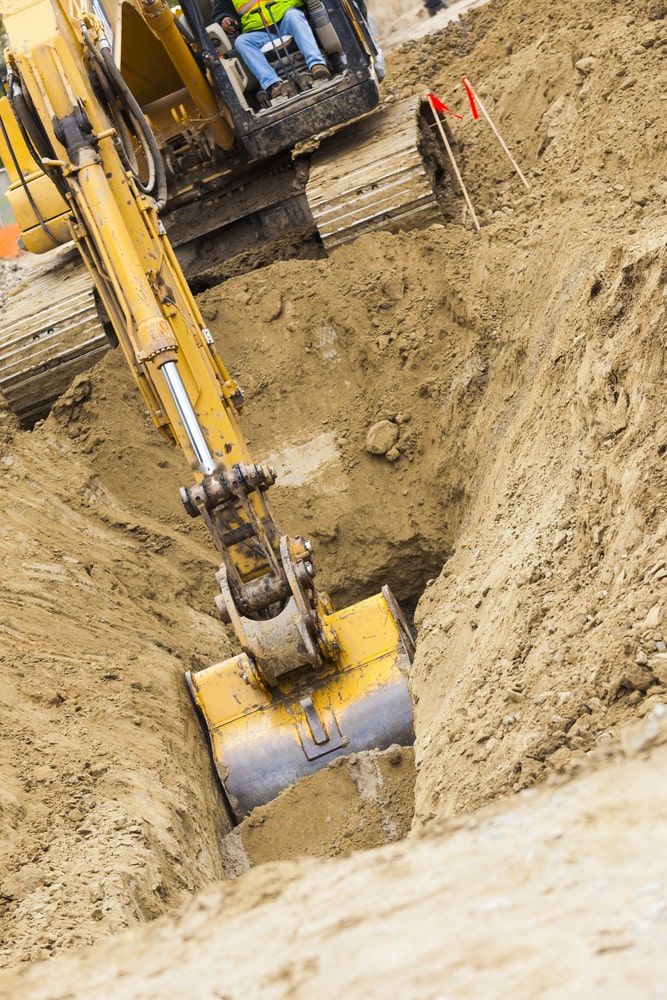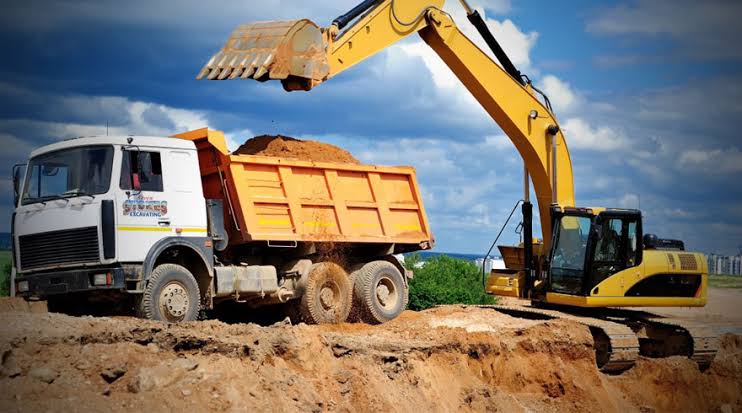Septic Ohio - Comprehensive Septic System Providers in Ohio
Septic Ohio - Comprehensive Septic System Providers in Ohio
Blog Article
In-Depth Expedition: The Scientific Research Behind Superior Excavation Practices
The realm of excavation practices is a domain name where scientific research links with workmanship to discover the mysteries hidden underneath the planet's surface area. From old hand devices to modern-day hydraulic excavators, the evolution of excavation methods has actually been a testimony to human resourcefulness and technological innovations. Nonetheless, what genuinely sets remarkable excavation practices apart is a deep understanding of geological concepts, combined with the use of cutting-edge tools and techniques. By checking out the science behind these practices, we can uncover the secrets that exist below our feet and value the precision and know-how that go right into every dig.
Advancement of Excavation Strategies
Throughout background, the advancement of excavation methods has actually played a crucial duty ahead of time building and construction practices and historical explorations. From the basic devices utilized by our forefathers to the advanced machinery used in modern-day times, the progression of excavation approaches has dramatically transformed just how we come close to different projects.
In ancient times, manual work with basic devices such as wheelbarrows, pickaxes, and shovels was the primary technique of excavation. This labor-intensive process restricted the depth and extent of excavations, typically leading to slow-moving progression and limited access to specific websites. As civilizations advanced, so did the tools and strategies used for excavation.
The Industrial Revolution noted a turning point in excavation experiment the intro of steam-powered equipment. This development reinvented the field, permitting for faster and more substantial excavations. In modern times, modern technology plays a crucial role in excavation, with innovations like general practitioner systems, drones, and 3D scanning enhancing precision and effectiveness in the area. The advancement of excavation methods proceeds to form the way we construct, discover, and understand the world around us.
Function of Innovation in Excavation

The assimilation of innovative innovation has actually fundamentally changed the area of excavation, improving precision and performance to unmatched levels. Among the vital technological advancements that has actually considerably affected excavation practices is the application of general practitioner systems. These systems allow for specific mapping of excavation sites, making it possible for operators to accurately find underground utilities and frameworks. Additionally, using telematics in excavation devices has actually allowed real-time monitoring of machine efficiency, leading to positive upkeep and enhanced functional productivity.
Moreover, the advent of 3D modeling and simulation software application has structured the preparation process for excavation jobs. Drivers and designers can now imagine the whole excavation procedure before beginning, determining possible obstacles and maximizing operations. Combined with this, the application of drones in excavation activities has facilitated airborne surveys, volumetric dimensions, and website assessments with unparalleled rate and precision.
Geological Principles in Excavation
An understanding of geological principles is crucial for ensuring the structural integrity and security of excavation websites. Geological variables play an important role in identifying the expediency and safety of excavation projects (excavating ohio). One essential geological principle to take into consideration is the sort of soil or rock present at the website. Various dirt kinds, such as crushed rock, clay, or sand, have differing degrees of security and need different excavation techniques. Natural dirts like clay may call for added support to prevent collapses, while sandy dirts may be susceptible to erosion throughout excavation.
Furthermore, the geological framework of the area, including faults, fractures, and rock developments, need to be meticulously analyzed to identify prospective threats and challenges. Excavating near mistake lines or unpredictable rock formations can cause instability and potential risks. By conducting complete geological surveys and evaluation, excavators and engineers can create strategies to alleviate risks and make sure the successful conclusion of excavation projects. Ultimately, integrating geological concepts right into excavation practices is critical for attaining safe, effective, and lasting results.

Most Recent Devices for Excavation
In the world of excavation methods, modern advancements in tools have transformed the effectiveness and precision of excavation procedures. One of the current tools making waves in the industry is the visit this web-site use of drones geared up with advanced imaging technology. These drones can provide thorough airborne surveys of excavation sites, offering real-time information on topography and potential dangers. This info aids in better preparation and decision-making throughout the excavation procedure.
An additional cutting-edge device acquiring popularity is the application of 3D printing technology for developing custom-made excavation devices. This enables the manufacturing of specialized tools that are customized to the particular demands of a project, raising performance and minimizing downtime.
Furthermore, advancements in materials science have brought about the advancement of stronger and more long lasting excavation tools. lancaster excavation. Tungsten carbide-tipped excavator accessories, for example, offer remarkable performance in challenging ground conditions, boosting productivity on-site
Science's Effect on Excavation Practices

Additionally, improvements in materials scientific research have brought about the creation of stronger, more resilient excavation tools and tools. The use of composite materials in shovels and miners has improved their performance and durability, inevitably increasing performance on excavation websites. Additionally, clinical research study on dirt technicians and geotechnical design has given valuable insights into dirt habits, allowing excavation professionals to make educated decisions regarding excavation approaches and soil stabilization techniques. On the whole, science continues to drive technology and renovation in excavation practices, making excavation jobs more effective, affordable, and sustainable.

Verdict
To conclude, the advancement of excavation methods has actually been considerably influenced by developments in modern technology and a much deeper understanding of geological concepts. The most up to date tools and devices utilized basics in excavation have actually improved performance and accuracy in the field. The application of clinical expertise has significantly boosted excavation techniques, leading to a lot more lasting and efficient approaches for digging deep into numerous types of materials.
In the realm of excavation practices, modern developments in devices have reinvented the effectiveness and precision of excavation processes. By leveraging clinical concepts, the excavation industry has been able to substantially enhance efficiency, accuracy, and safety and security in excavation processes. GPR allows excavation groups to non-invasively scan and map subsurface frameworks, utilities, and potential dangers, enabling them to prepare excavation projects with greater precision and decreased risk of accidents.
Additionally, scientific research study on soil auto mechanics and geotechnical design has given valuable understandings into dirt habits, permitting excavation specialists to make enlightened choices relating to excavation approaches and dirt stabilization techniques. In general, scientific research proceeds to drive development and improvement in excavation practices, making excavation jobs much more effective, affordable, and lasting.
Report this page